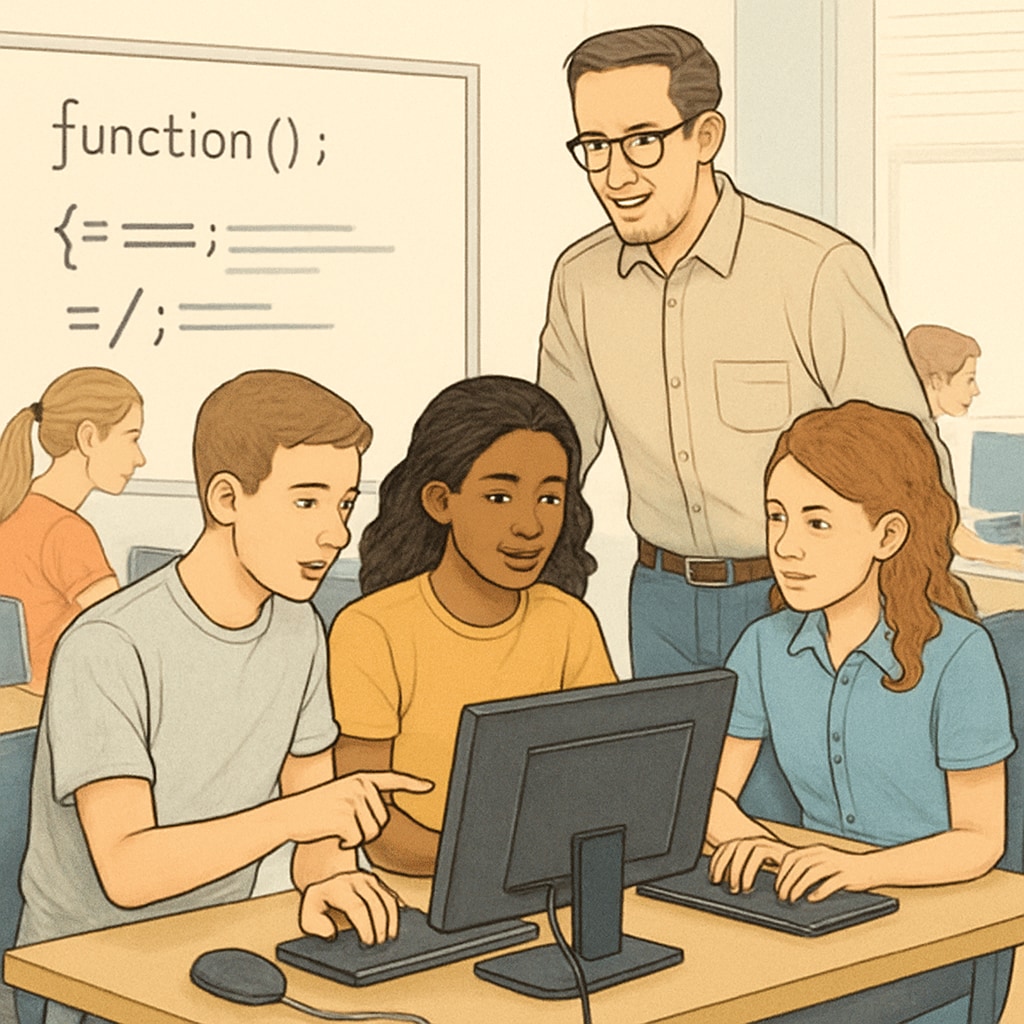In today’s competitive academic landscape, high school students increasingly seek education courses, extracurricular learning, and resources to enhance their intellectual and personal growth. With the pressures of college applications and the pursuit of diverse skill sets, it is essential to explore high-quality options outside the traditional classroom. This article provides actionable strategies for finding free and paid learning opportunities that can benefit students, especially those approaching their final year of high school.
Why Explore Extracurricular Learning Opportunities?
While schools offer standardized curricula, extracurricular learning opportunities allow students to dive deeper into subjects they are passionate about and develop new skills. These resources not only expand academic knowledge but also help students build critical thinking, creativity, and leadership skills. For example, participating in coding workshops or joining a debate club can provide hands-on experience and foster collaboration.
Moreover, extracurricular learning plays a significant role in college applications. Admissions officers often value students who demonstrate initiative and curiosity by engaging in activities beyond the classroom. As a result, finding high-quality resources can contribute to both personal development and future success.

How to Identify Free and Paid Learning Resources
Finding suitable learning resources requires research and planning. Here are some effective strategies:
- Online Platforms: Websites like Khan Academy, Coursera, and edX offer free and paid courses covering various subjects, including math, science, arts, and technology.
- Community Centers: Many local organizations and libraries host free workshops or seminars on topics like creative writing, programming, and public speaking.
- School Clubs and Societies: Joining extracurricular clubs, such as science fairs or language societies, provides practical experience and peer learning.
- Summer Camps: Specialized camps for STEM, arts, or leadership training offer intensive learning experiences during breaks.
By leveraging these resources, students can tailor their learning experiences to their interests and career aspirations.

Tips for Evaluating Quality Learning Resources
Not all resources are created equal, so it’s crucial to assess their quality before committing time or money. Consider the following factors:
- Credibility: Check the qualifications of instructors and the reputation of the platform or organization offering the resource.
- Relevance: Ensure that the course content aligns with your academic goals and interests.
- Reviews: Look for feedback from past participants to gauge the effectiveness of the resource.
- Cost: Compare free options and paid courses to determine what fits your budget without compromising quality.
Additionally, students should consult teachers, mentors, or peers for recommendations and advice on suitable learning opportunities.
Balancing Schoolwork and Extracurricular Learning
While seeking extracurricular resources is valuable, it’s important to maintain a balance with regular schoolwork. Effective time management can help students avoid burnout and ensure that both academic and extracurricular commitments are managed efficiently.
Here are a few tips for balancing the two:
- Set Priorities: Identify the most important tasks and allocate time accordingly.
- Create a Schedule: Use planners or apps to organize study sessions, extracurricular activities, and leisure time.
- Take Breaks: Regular breaks are essential for maintaining focus and overall well-being.
By following these strategies, students can maximize their learning opportunities without compromising academic performance.
Conclusion
Exploring education courses, extracurricular learning, and resources empowers high school students to expand their horizons and develop valuable skills. Whether through free online platforms, local workshops, or paid programs, there are countless opportunities to learn and grow. By carefully evaluating these options and managing their time effectively, students can achieve a well-rounded education that prepares them for future challenges.
Take the first step today: Research available resources in your area or online, and start incorporating extracurricular learning into your routine.


